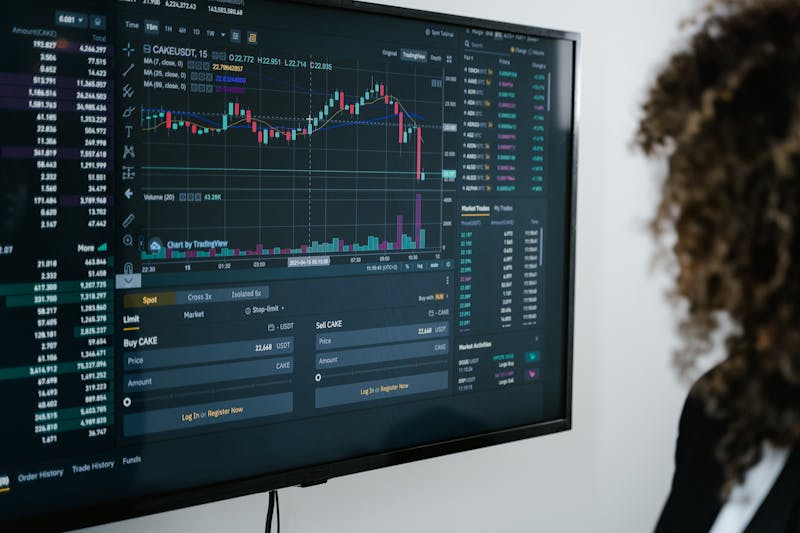The retail industry operates on razor thin margins. Fluctuations in currency values can significantly impact profits. As global e-commerce expands and supply chains cross borders, efficiently managing foreign exchange (forex) risk has become mission critical for retailers.
In response, algorithmic forex trading bots have stepped in to automate currency hedging strategies. By constantly monitoring markets and executing trades, these intelligent systems aim to mitigate volatility and optimize currency conversions. However, deploying bots requires robust design to capture benefits.

Navigating the Forex Risk Maze
Cross-border retail faces forex uncertainty from multiple angles:
Sourcing Overseas
Importing inventor from foreign vendors exposes retailers to currency fluctuations during payment terms. An adverse move in exchange rates can diminish expected margins.
Multinational Operations
For retailers with overseas stores or staff, forex moves can impact budgets and profit repatriation. This creates uncertainty in financial planning.
Global E-commerce
Displaying prices in local currencies on international sites requires dynamic conversions to remain competitive. Volatility can erode margins.
Core Forex Hedging Strategies
Hedging mitigates risk by taking counteracting trades that offset potential adverse currency swings. Common hedging tactics include:
Forward Contracts
These lock in an exchange rate for a future date based on today’s rate. Useful for mitigating volatility during long payment terms. However, they limit upside if currency moves favorably.
Options
Buying options provides the right but not obligation to buy/sell currencies at preset rates. Allows capping downside risk while maintaining upside potential. Incurs an upfront premium cost.
Collars
Combines options buying and selling to set a range limiting both upside and downside beyond preset rates. Smooth’s volatility between known cost bands.
Spot Trading
Involves actively trading currencies on the spot market to capitalize on short-term fluctuations. More tactical than hedging, but can offset adverse retail forex swings through favorable trading gains.
Programming and Backtesting Robust Trading Algorithms
The key to successful forex bot is formulating robust trading algorithms. Best practices include:
Quantifying Risk Appetite
Set parameters for how much price variation from budgeted rates is acceptable over what time horizons. This guides strategy programming.
Correlating Time Buckets
Match hedging contracts to future operational forex exposures based on historical correlations and projections.
Diversifying Strategies
Implement multiple non-correlated algorithms (trend, mean reversion, economic models) to smooth volatility across varied market conditions.
Rigorous Backtesting
Thoroughly backtest the model over many years of historical data across various market environments. Optimize parameters until the algorithm is robust.
Ongoing Optimization
Continuously monitor algorithm performance and refine based on any deviations from expected results or profit targets.
Deploying Bots in Retail Forex Management
With the algorithms validated, focus turns to implementation:
- Phased Rollout – Initially run hedging bots in simulated environments, then live trade small positions. Compare results and resolve issues before expanding.
- Integrated Technology – Ensure integration between the bot platform, internal retail systems, liquidity providers and other core technology infrastructure.
- Active Governance – Put proper oversight and controls in place allowing treasury teams to monitor bot performance and intervene if necessary.
- Decision Support – Frame bots as decision support tools providing treasury departments with enhanced analytics and recommended actions. Final decisions remain human.
Conclusion
The retail industry will continue increasing adoption of automated forex hedging strategies. As algorithms grow more sophisticated, harnessing AI and machine learning, forex bots will enable ever more predictive and optimal currency risk management.
However, the greatest efficiency gains will arise from maximizing human-machine collaboration. Trading bots expand what treasury departments can track and act on – but people still direct the strategy.
Retailers that judiciously leverage forex bots as a component of holistic risk management programs will thrive in the borderless commerce era. But blind faith in technology alone courts danger. The future remains decidedly human.



















